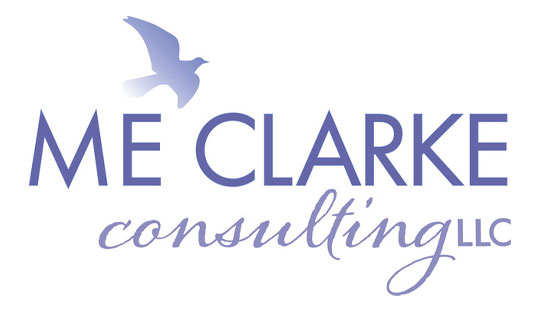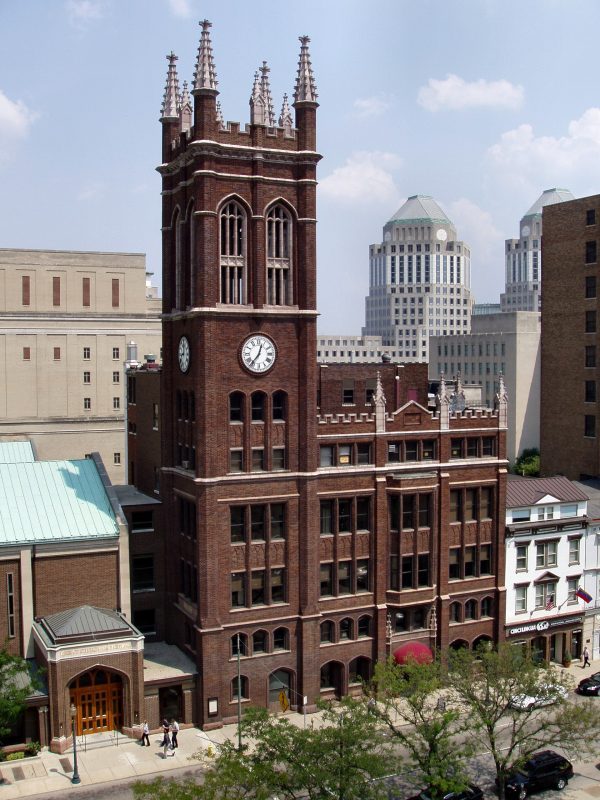Strategic Planning: Faith and the Future

OLYMPUS DIGITAL CAMERA
Each new year individuals vow to keep their latest resolution. However, even the seemingly determined fail to follow through and expectations quickly fall short. This resolution phenomena may not result from a lack of determination, rather a lack of planning. Christ Church Cathedral of Cincinnati refused to fall victim to the typical New Years resolution pitfall, so they made a plan, and with that came success. As the year 2007 approached, the cathedral saw the need for a shared vision that would give shape to their purpose and identity. To accomplish this they partnered with the ARIA Group, where Meghan served as Project Manager, to spearhead a collaborative future planning process called the Faith and the Future Project. With guidance, collaboration and strategic planning Christ Church Cathedral demonstrated that success is all in the planning.
The hope of the Faith and Future project was to establish priorities for the ministry and combine them with strategic financial planning for the future. Easier said than done. Drawing parishioners from the tristate region of southwestern Ohio, northern Kentucky and southeastern Indiana, meant the cathedral had a variety of voices. To give all members of the congregation the opportunity to share their thoughts and hopes, a widespread participatory process was created to form a collaborative direction. The process would include a focus on individual members faith journeys and the faith journey of the congregation as a whole.
The visioning process began with the formation of an implementation team that would work with Meghan to guide the process. The process was broken down into three phases; data collection, small group sessions and a final summit meeting. January initiated phase one, data gathering by both an on-line and printed questionnaire made accessible to the entire congregation to achieve a participatory process. The questionnaire encouraged the congregation to share their vision, passion and energy for the Christ Church Cathedral. By the end of the month a total of 190 questionnaires were collected. The former senior warden, Pat Coyle, was amazed with the congregations response saying, “By any measure participation in the visioning process was incredible and speaks to the passion members have for ensuring a vibrant future for the cathedral.” The data from the questionnaires was tabulated and analyzed to serve as the foundation for discussion in the second phase, small group sessions.
In February, small group sessions were held with members of the congregation. The data from the questionnaires were presented to the groups for validation and discussion. Working in collaboration, participants identified goals and developed strategies for the future of the cathedral. Using these as a starting point, they were able to hammer out a preliminary vision statement that they believed best served the needs of the cathedral. Each group selected a representative who would present their work during the third phase of the process, the summit meeting.
The third phase began at the end of March. An all day summit meeting was held with 60 congregation members and representatives using a consensus process. Together they shared the ideas and vision statements developed in their small groups. From these the group pulled common themes of social justice, inclusiveness, diversity and a caring community. These themes were forged into six simple, clear goal statements that composed the final vision to guide the cathedral for the next 3-6 years. The summit crafted a platform of specific objectives, complete with action plans for the entire cathedral community to ensure the future success of the Faith and the Future Project.
By using a collaborative process the Cathedral gained insight into the direction the congregation envisioned for the future. Using the goals formed by the summit the vestry was able to direct funding towards efforts that supported the vision and shape budget priorities for the next year. All that remained for the cathedral was the implementation phase. With a strong team in place, champions were selected to oversee the success of each goal area. These champions worked in unison with vestry members to keep the vision viable while seeking ways to fully integrate them into the life of the cathedral. The ultimate product of this process was the crafting of a vision for the future of the cathedral that was owned by all members of the congregation, its clergy and staff. With a newfound identity the Christ Church Cathedral can move towards improvement of itself and parishioners alike.
Follow in Christ Church Cathedral’s footsteps and don’t let your New Year’s resolution become a “to do” list for the first week of January. Make a strategic plan and watch your goals become a reality. See how we plan.





Leave a Reply
Want to join the discussion?Feel free to contribute!